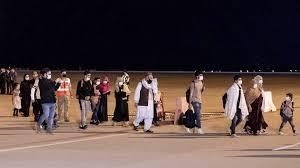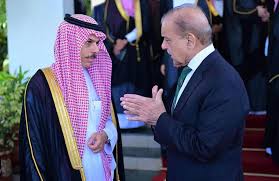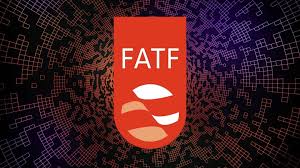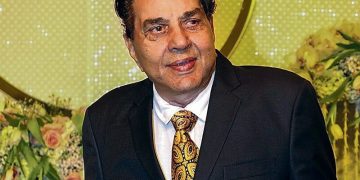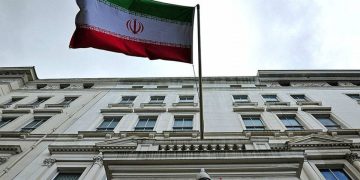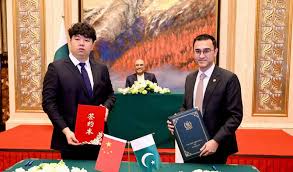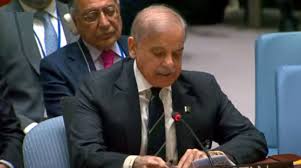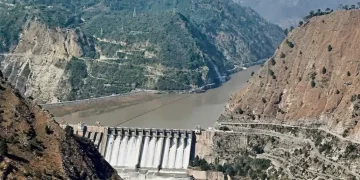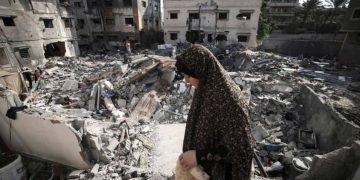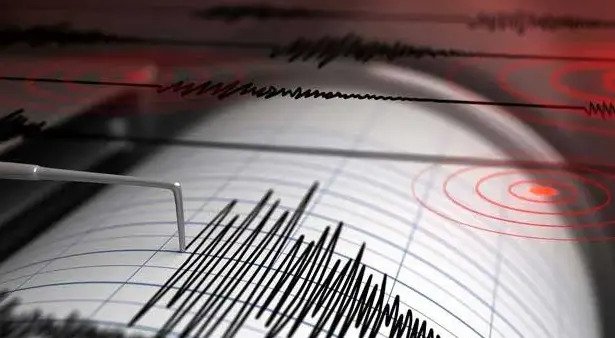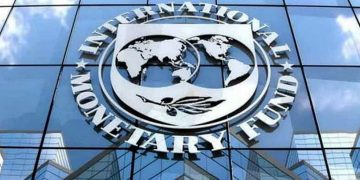China disbursed $240 billion to bail out 22 developing countries in 15 years under its flagship “Belt & Road” initiative.
According to a study published Tuesday, most of the loan amount was offered to countries struggling to repay it.
Almost 80 per cent of the ‘rescue loan’ was offered between 2008 and 2021 primarily to middle-income countries, including Pakistan, Sri Lanka, Argentina and Mongolia, according to a report compiled by World Bank researchers Harvard Kennedy School, AidData and the Kiel Institute for the World Economy.
According to the report, China extended hundreds of billions of dollars to build vital infrastructure in developing countries. However, lending has gradually diminished since 2016 as numerous projects still need to pay the expected monetary dividends.
WB former chief economist and one of the study’s authors, Carmen Reinhart, said that China was ultimately attempting to rescue its own banks, which was why it ventured into the risky business of bail-out lending.
The study found that Chinese loans to developing countries in debt distress spiked from less than 5% of its foreign lending portfolio in 2010 to 60 per cent in 2022.
Argentina received the most loan of $111.8 billion, followed by Pakistan, which received $48.5 billion, Egypt received $15.6 billion, and nine countries received less than $1 billion.
People’s Bank of China (PBOC) swap lines accounted for $170 billion of the rescue lending, including in Suriname, Sri Lanka and Egypt. Bridge loans or balance of payments supported by Chinese state-owned banks was around $70 billion while rollovers of both kinds of loan were around $140 billion.
The study was critical of some central banks potentially using the PBOC swap lines to pop up their foreign exchange reserves artificially.





